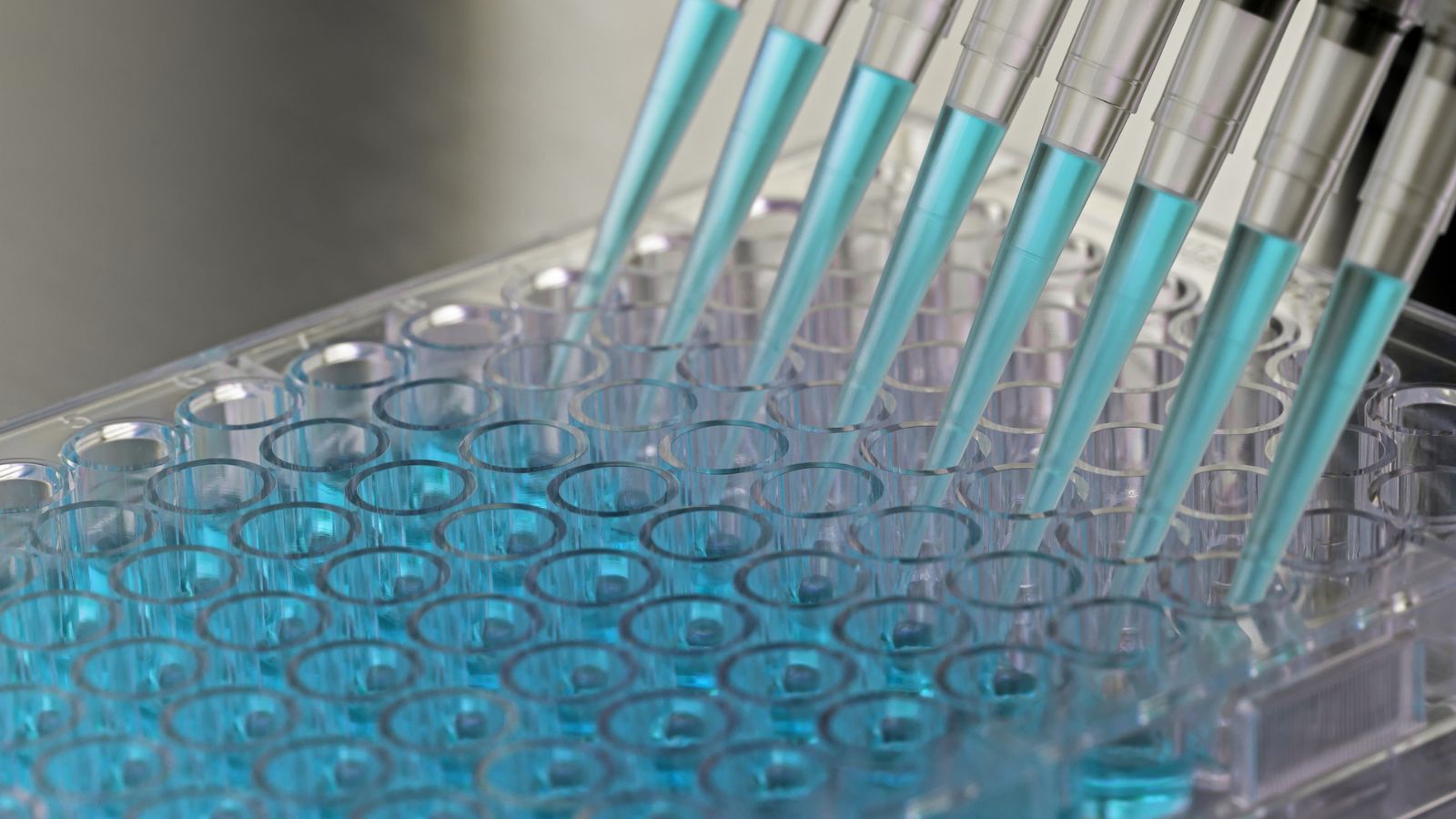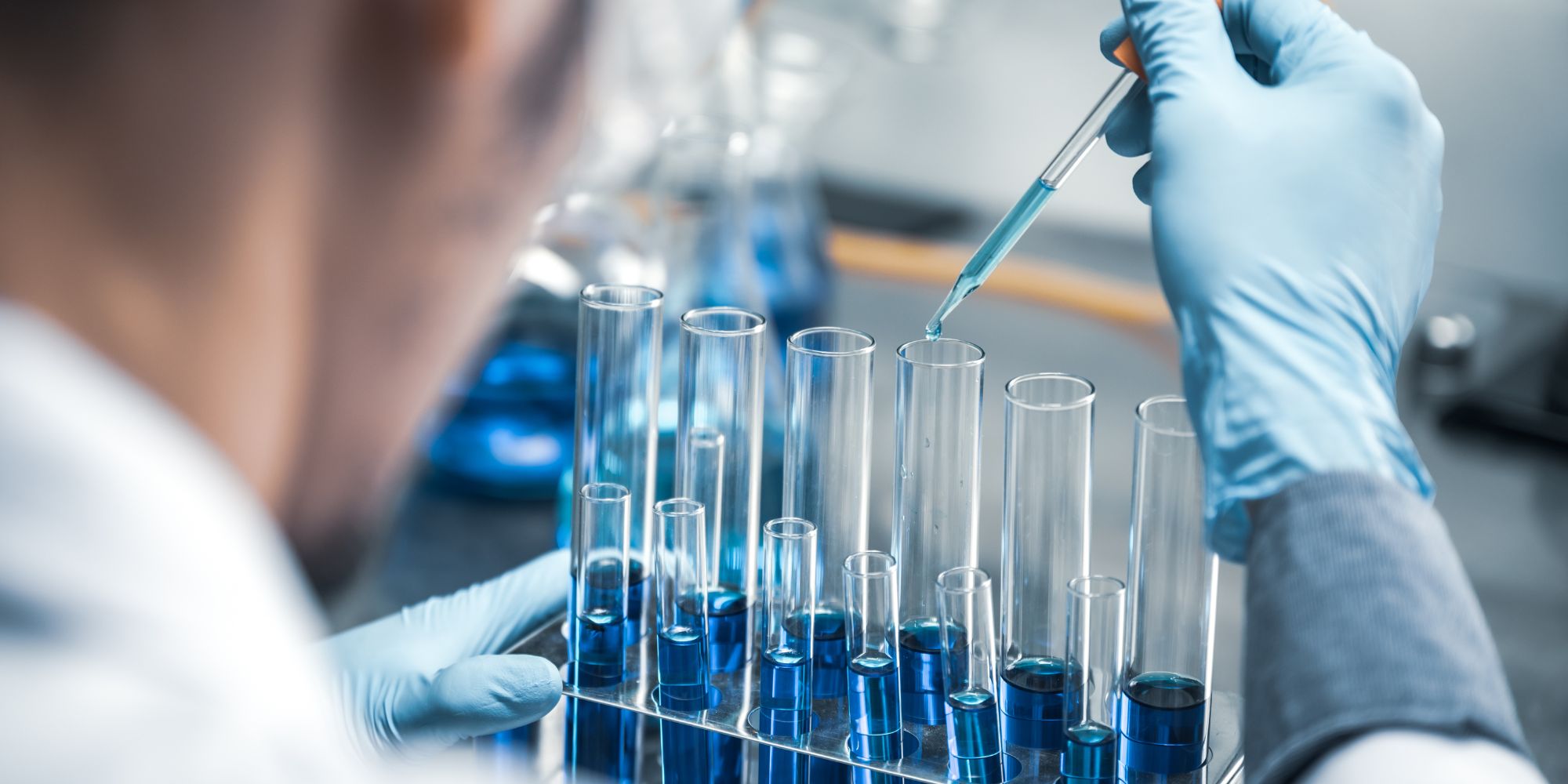As we move into 2024, the Life Sciences sector in Europe and the UK continues to face a dynamic and challenging regulatory environment. The EU Medical Device Regulation (MDR), effective since May 26, 2021, and the ongoing impacts of Brexit, the United Kingdom’s 2020 exit from the European Union, remain central issues.
These changes are still relevant now—four years after the withdrawal from the EU—not only because the repercussions of this political and economic process are ongoing but also because the implementation of the EU MDR is staggered. Additionally, the post-Brexit regulatory landscape is still unsettled as both the EU and UK clarify and revise their requirements for medical devices and other related issues.
The need for accurate, compliant, and timely translation services has become more critical than ever. Companies must ensure their product information, labeling, and documentation meet the current EU MDR standards while also navigating the evolving UK-specific regulatory requirements. This dynamic regulatory landscape demands ongoing vigilance and adaptation to maintain compliance and market access in both the EU and UK markets.
Understanding the EU MDR
In effect since May 26, 2021, the EU’s MDR and In-Vitro Device Regulation (IVDR) regulations mandate that medical device manufacturers (MDMs) targeting the EU market must adhere to new standards.
Key changes introduced by these regulations include:
- New requirements for translations: Information about medical devices must be offered in the official languages of the EU Member States where the device is marketed.
- Stricter clinical evaluation and post-market surveillance: Enhanced scrutiny of medical devices, ensuring continuous monitoring of their performance and safety.
- Expanded product scope: The new regulations broaden the definition of medical devices, including products not previously regulated.
- Introduction of unique device identification (UDI) systems: Requires a UDI to be assigned to each device to improve traceability.
- Greater transparency and data reporting: Increased requirements for documentation and reporting.
- Reinforced patient safety measures: Emphasis on informed patient consent and clearer labeling to improve patient safety.
- Enhanced role of notified bodies: Notified bodies now have increased responsibilities and oversight powers to ensure compliance.
Brexit and EU MDR: Understanding the implications
Brexit has created a complex landscape for life sciences companies, especially concerning compliance with the EU MDR and IVDR. While the UK has largely mirrored the EU MDR’s regulatory framework for a smooth transition, differences are starting to emerge. This transition presents new challenges for manufacturers globally, as the UK and EU move towards potentially different sets of requirements and compliance processes. As a result, manufacturers doing business in Europe must be prepared to comply with two distinct regulatory environments, aligning their products with both EU and UK-specific requirements.
Post-Brexit regulatory developments in the UK
Following Brexit, the UK established its own regulatory framework for medical devices, diverging from the EU’s Medical Device Regulation (MDR). The UK Medicines and Medical Devices Act passed into law in 2021, enabling the creation of specific regulations tailored to the UK market.

Under this law, the UK’s regulatory framework is similar to the EU’s regulations, focusing on ensuring compliance with safety standards and submitting necessary post-market surveillance reports.
However, key differences exist. For example, the UK’s Medicines and Healthcare Products Regulatory Agency (MHRA) regulates all types of devices, including in vitro diagnostic medical devices (IVDs), procedural devices, and custom-made devices. The UK does not have separate regulations for regular medical devices and IVDs.
Other differences between the two acts include clinical evaluation processes, post-market surveillance protocols, and approval procedures for medical devices. Thankfully, no major cases of non-compliance have yet to emerge.
However, the overall impact of the UK’s regulatory response remains to be seen. Not only do MDMs face increased cost and potentially more complex requirements to market access but the regulations themselves continue to change.
The MHRA has announced a 12-month extension to the implementation of future Medical Device Regulations, which are now set to come into force by July 2024. The specifics of the new UK medical device framework are yet to be published but they could potentially make the UK’s regulatory landscape even more stringent than the EU’s.
Device manufacturers targeting the UK market must stay informed about these evolving UK-specific regulations to ensure compliance and maintain market access.
The role of localization under the EU MDR
An emphasis on accurate and comprehensive translation has never been more critical for medical devices intended for the EU or UK markets. This requirement underscores the essential role of localization – a process that’s not just about translating text, but adapting content to meet specific cultural, legal, and linguistic criteria.

Effective EU MDR localization strategies involve a blend of linguistic expertise, regulatory knowledge, and technology. For medical device manufacturers, this includes identifying and maintaining medical terminology, understanding local compliance rules, and implementing consistent quality control processes across all languages. The goal is to facilitate clear, reliable multilingual content that upholds patient safety and device efficacy, regardless of the language or region.
Strategic adaptation for compliance
For MDMs looking to adapt strategically to the EU MDR and regulatory changes caused by Brexit, understanding the regulations is just the first step. MDMs must also assess how their current practices align with the new standards.
To ensure compliance with EU MDR and post-Brexit regulations, medical device manufacturers can refer to these resources:
- European Commission’s MDCG guidance documents for detailed insights into the MDR
- British Standards Institution’s documents for understanding safety and performance requirements
- MedEnvoy’s comprehensive guide for broader regulatory compliance
- MHRA for UK-specific guidelines
- MedTech Europe for industry insights on EU MDR impacts
- UK Government’s website for detailed information on medical device regulations
These sources provide the necessary guidance and updates on regulatory requirements, registration processes, and device marking, vital for navigating the changing regulatory landscape.
A thorough gap analysis can help to pinpoint areas where adjustments are needed. Manufacturers must also ensure that their documentation, encompassing everything from clinical data to technical details, is precise and easily accessible in the language of each country where the device is marketed. This is where an experienced language service provider (LSP) is invaluable, especially in the EU where multiple languages are spoken.
Robust risk management procedures help identify and mitigate risks associated with devices throughout their lifecycle. This includes not only the initial design and manufacturing phases but also continuous monitoring once the products are in the market.
The path forward
Navigating the complexities of the EU MDR and Brexit-induced changes is a challenging but manageable task. It requires a deep understanding of the regulatory changes, meticulous documentation, and conscientious risk management practices.
In this evolving landscape, Argos Multilingual’s expertise in localization and compliance helps manufacturers ensure their translated content is accurate, clear, and meets each market’s regulatory requirements. We specialize in simplifying multilingual compliance and keeping pace with regulatory changes to facilitate seamless market access.
For more information on how we can help you transition your business and content to continue to be compliant in the UK and the European Union, contact us.
 Argos Multilingual
5 min. read
Argos Multilingual
5 min. read
Manufacturers of in vitro medical devices who may be anxious over looming deadlines posed by Europe’s regulations have been given some breathing room. In January 2024, the European Commission proposed a new extension for compliance with the In Vitro Diagnostic Medical Devices Regulation IVDR) with the aim of preventing potential supply disruptions. Under the proposal […]

 Argos Multilingual
3 min. read
Argos Multilingual
3 min. read
San Francisco (CA), January 17, 2024 – Argos Multilingual, a leader in the global content solutions market, has announced the release of a significantly upgraded version of its AI-driven Translation Memory (TM) cleanup service, which enables automatic analysis and cleanup of content stored in TMs at scale. These enhancements add new features and automations to […]







